Check out stunning photos from the $2 billion space telescope that captures the invisible universe and that NASA plans to defund
Morgan McFall-Johnsen

- NASA's Chandra X-ray Observatory faces budget cuts that may end its mission.
- Chandra still makes new black-hole discoveries and joins forces with the Webb and Hubble telescopes.
One of NASA's top space telescopes may be facing an untimely end due to budget cuts.
The Chandra X-ray Observatory has been orbiting Earth for 25 years, peering at the universe in X-ray light that's invisible to the human eye.
Through its stunning images, the telescope has revealed that the cosmos is teeming with black holes, discovered direct evidence for the existence of dark matter, and spotted the light of colliding neutron stars that warped space-time.
Check out some of Chandra's best photos, including collaborations with the Hubble and James Webb space telescopes.
The Chandra X-ray Observatory is one of NASA's flagship space telescopes.
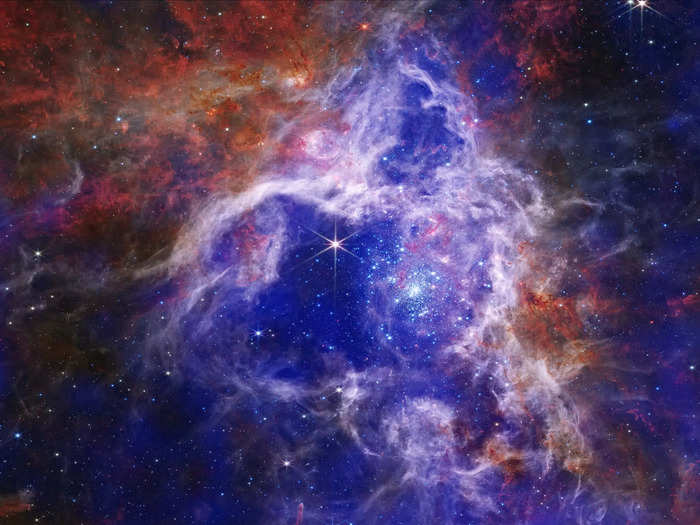
The observatory cost NASA about $2.2 billion to build and launch, and it has paid off.
"For many years it was the most productive mission in NASA's program if measured in publications/dollar spent," Thomas Zurbuchen, who was the Associate Administrator of NASA's Science Mission Directorate from 2016 to 2022, told Business Insider in an email.
But in its budget request for the 2025 fiscal year, NASA slashed Chandra's funding from $68 million to $41 million.
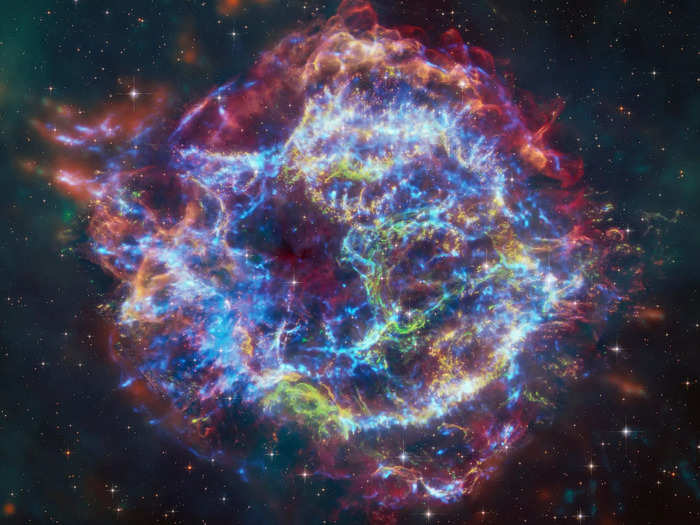
Over the ensuing years, the budget proposes to give the observatory $26.6 million annually until a drastic plummet to $5.2 million in 2029.
That budget plan is not enough to keep the telescope running at full capacity.
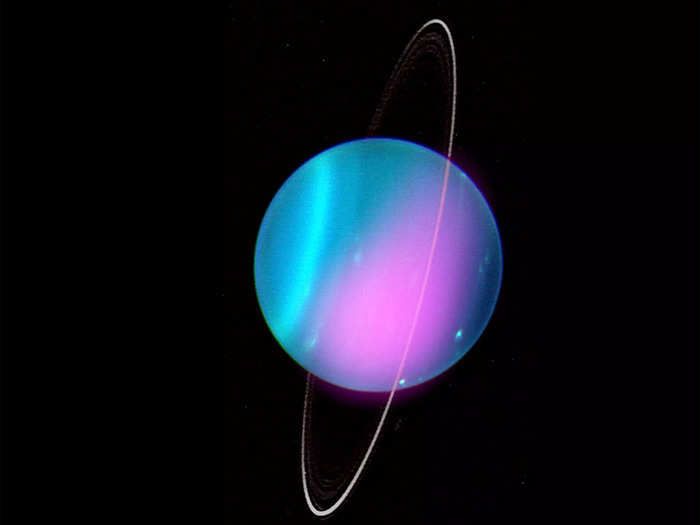
In fact, Chandra's operating team says that's just the amount it would need to decommission the telescope and end its operations.
The observatory still makes new discoveries, like the record-setting black hole in this image.
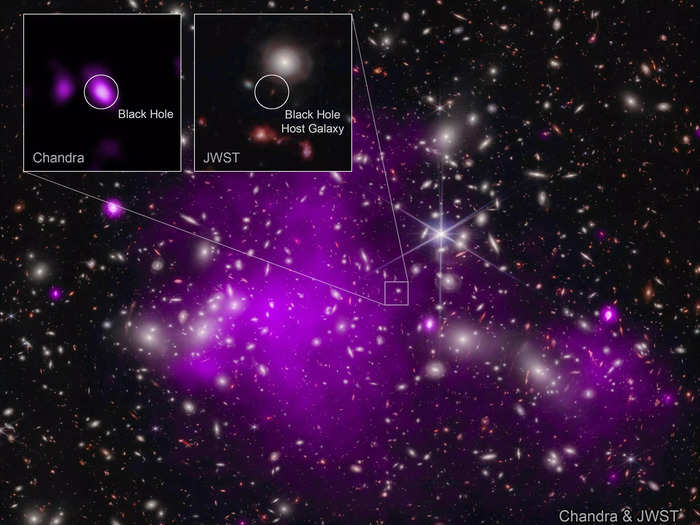
It's both the most distant black hole ever detected, and at a stage of infancy that had never been seen before.
Chandra also complements Webb and Hubble photos by imaging ultra-hot material that's invisible to those telescopes.
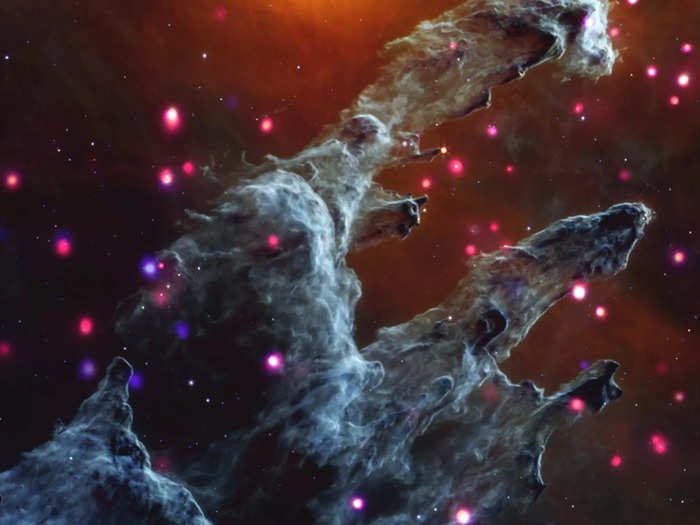
For example, Chandra revealed a sea of young stars burning bright in X-rays across the above Webb image of the iconic Pillars of Creation, a cloud formation constantly birthing new stars.
"Often you get like a gas cloud that's glowing, and then there's this X-ray source in the middle that's pumping the energy into it that's causing it to glow," Jonathan McDowell, an astrophysicist who leads science data systems for Chandra, told Business Insider. "If you don't have Chandra, you can't see that. So you're missing a big part of the story."
For instance, take the bright X-ray footprint at the center of the Milky Way in this image.
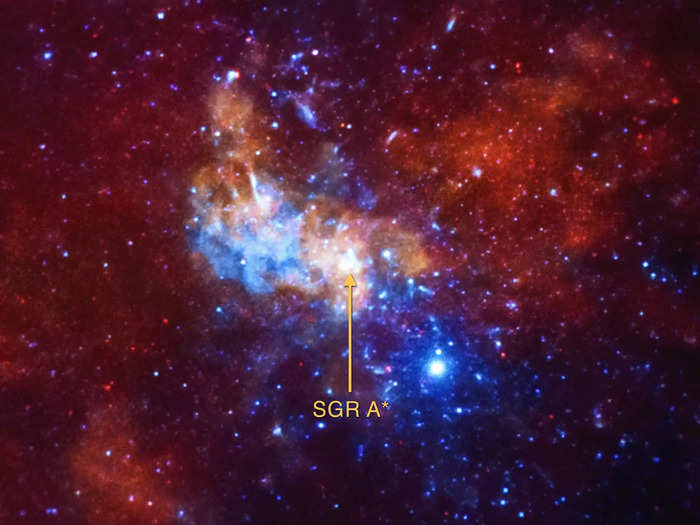
That's how Chandra discovered that the supermassive black hole at the center of our galaxy is spinning rapidly.
Chandra is also key to studying explosive, fleeting cosmic events like supernovae or the collisions of dead stars.
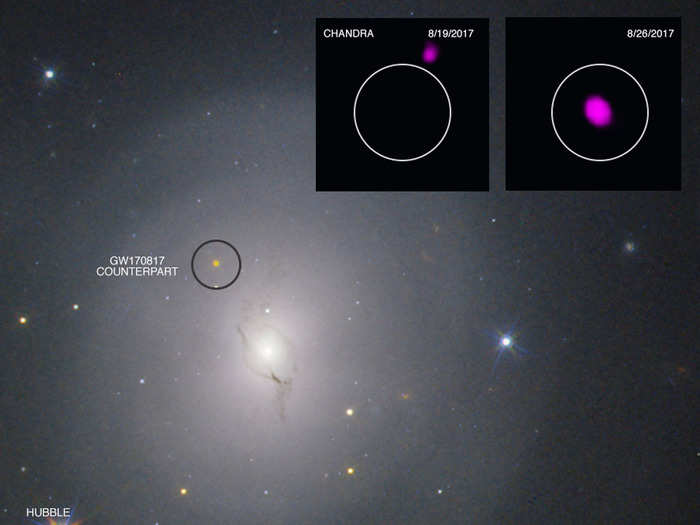
The telescope clearly captured the X-ray emissions of a neutron-star collision in 2017. It was the first — and, so far, only — time that anyone had seen the light from a violent cosmic collision that sent gravitational waves (ripples in space-time) through Earth.
Scientists expect to discover thousands more such mysterious flash-in-a-pan events with the advent of the Rubin Observatory, which is set to begin scanning the entire southern sky next year.
Rubin will open an entirely new field of astronomy.
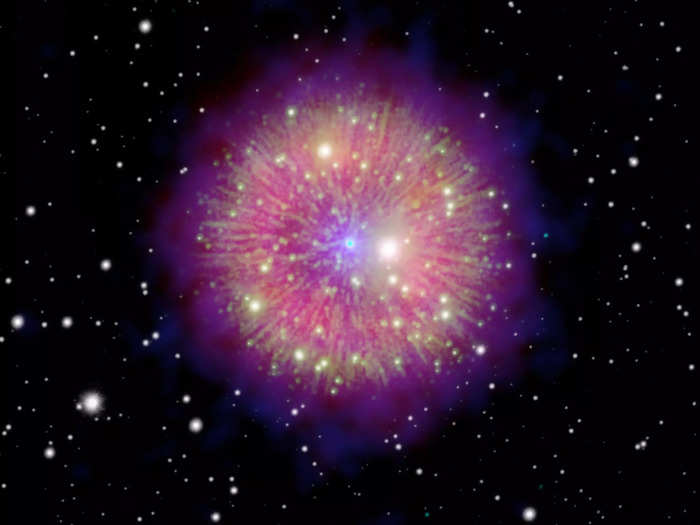
When Rubin discovers an explosion unfolding rapidly in the distant universe, telescopes worldwide will have to turn their lens to capture the phenomenon in visible light, infrared, radio, gamma rays, and X-rays. Without Chandra, a piece of the puzzle will be missing.
Losing Chandra would be "a devastating blow" and "a disaster" for X-ray astronomy, astrophysicists said after the budget announcement, according to Space.com.
NASA had to trim down somewhere.
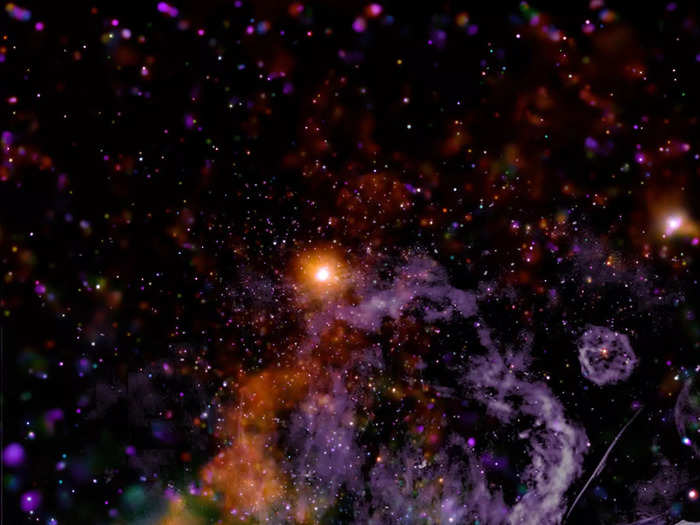
Congress put a cap on its spending for 2024 and 2025, slashing its science budget by half a billion dollars while the agency invests more in its Artemis moon program.
In the astrophysics division, most missions escaped the cuts this year. In fact, plans for the ambitious alien-life-hunting Habitable Worlds Observatory for the 2040s got a boost. To offset that, NASA proposed a 5% cut to Hubble's budget and the extreme cuts to Chandra.
NASA's budget document suggested Chandra should scale down to "minimal operations."
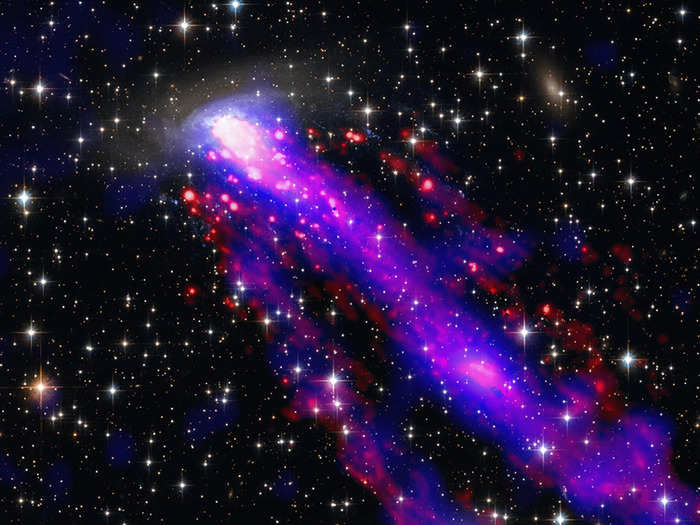
The document said the spacecraft has degraded over time, requiring more intense management to keep its temperatures low enough to operate. That complicates scheduling and increases mission costs beyond what NASA can afford, the document says.
Patrick Slane, director of the Chandra X-ray Center, took issue with that explanation.
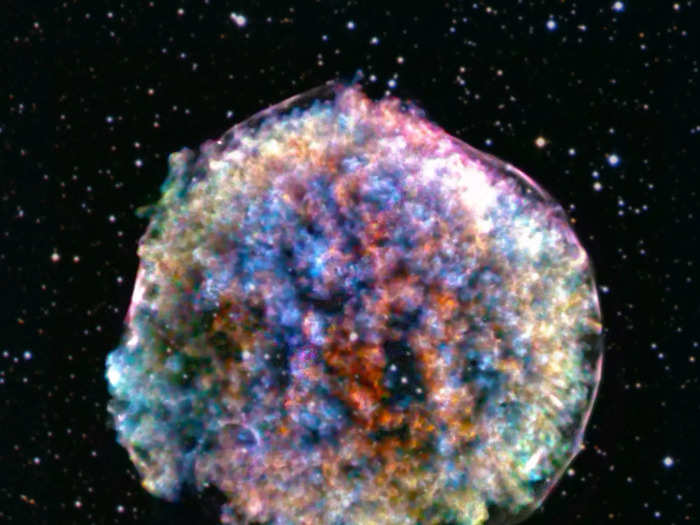
In a letter to Chandra astronomers, he wrote that "there has been only one instance in which the cost has increased to help manage temperatures," and that was a 1% increase in costs so the project could hire two additional people for the flight team.
"I'm unclear whether I still have a job in October, or whether I can keep it one more year," McDowell said.
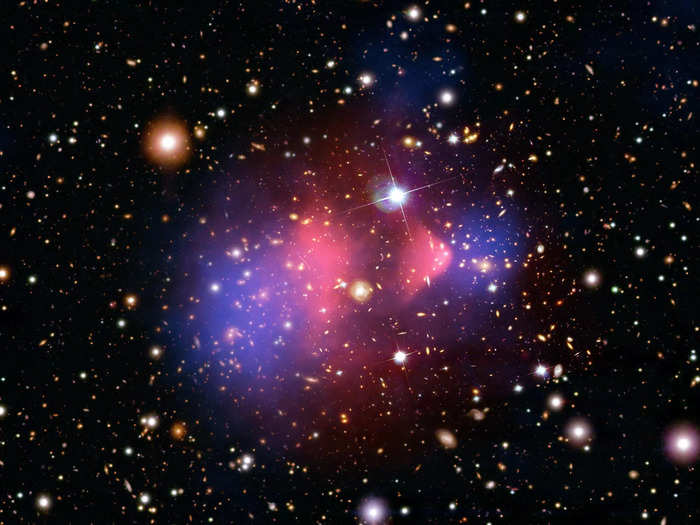
If the current budget proposal holds, and Chandra has to begin its end when the 2025 fiscal year starts in October, that will likely lead to layoffs.
That's another crisis for X-ray astronomy. If Chandra ends, many jobs in the field will disappear until NASA launches its next major space-based X-ray telescope, Lynx, in about a decade at the earliest.
"There are just simply not going to be people who can do this," X-ray astronomer David Pooley told USA Today.
Astronomers are pushing to save Chandra.
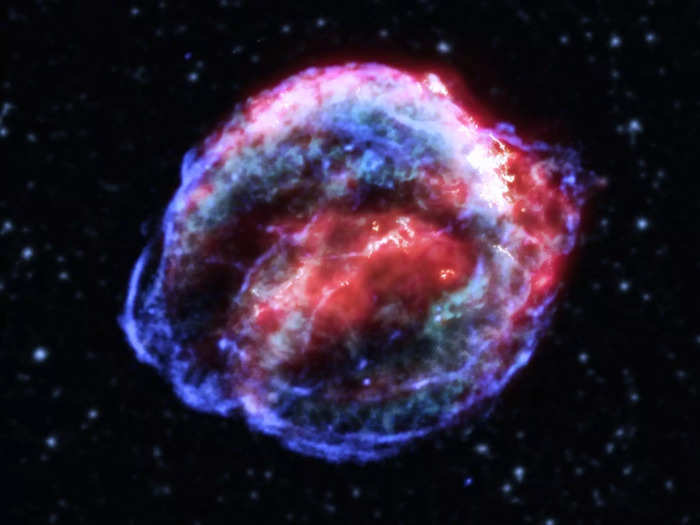
NASA's 2025 budget won't be final until Congress approves it later this year.
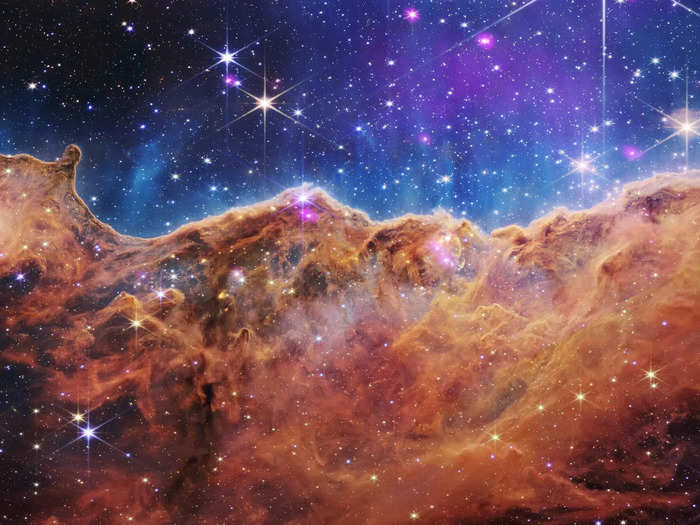
"We will continue to strongly make the case for the continued full support of Chandra, which the astrophysics community recognizes as a highly functioning facility that provides transformational science and crucial support to many of NASA's primary astrophysics goals," Slane wrote.
Popular Right Now
Popular Keywords
Advertisement